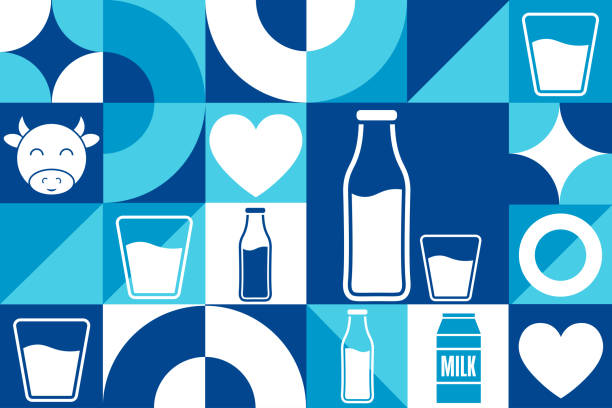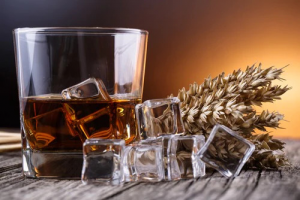The dairy industry in general, is currently facing global oversupply and declining milk demand, while the demand for milk alternatives and plant-based options is projected to double by 2029 compared to 2018.
In response, Danone has sold its US organic dairy business, including Horizon Organic and Wallaby, to a private equity group as part of its Renew Danone strategy.
Dairy companies are boldly shifting from catering to infants to targeting adult consumers with specialized milk powder products. At the same time, the EU’s “farm-to-fork” strategy is imposing new regulations to cut pesticide use and tackle climate change and biodiversity issues, adding another layer of complexity to the industry’s challenges.
Danone’s emissions are heavily influenced by its supply chain, with Scope 3 accounting for 92% of its total emissions.
Danone sustainability work is focused on below four areas
-
Climate:
-
Water
-
Circular Economy
-
Agriculture
Climate & Water: 🚰
Danone aims to achieve carbon neutrality across its entire value chain by 2050, supported by Science-Based Targets. Both its Evian and Volvic water brands are already carbon neutral.
Water management is crucial for Danone, as about 30% of its production sites experience high water stress. Using its 4R strategy (Reduce, Reuse, Recycle, Reclaim), the company targets optimized water use by 2030, with notable progress like a 27% reduction at its Evian facility. Danone assesses water risks at over 100 sites and partners with 50,000+ farmers on regenerative practices, achieving a 30% water reduction in Spain’s almond orchards. These efforts have led to a 15% global reduction in water intensity over the past five years.
Circular Economy ♻
By 2025, as part of Danone’s commitment to Repak’s Plastic Pledgeall packaging will be reusable or compostable. The company is phasing out polystyrene in its yoghurt portfolio and using rPET technology for Evian bottles which generally means they will be able to create new bottles from recycled plastics.
Danone has partnered with Origin Materials to develop sustainable, plant-based plastic alternatives, reducing their packaging carbon footprint.
You might have noticed Actimel’s label-free design, where the brand name, vitamins, and allergens are embossed directly onto the bottle, making it 99% recyclable.
On food waste, Danone aims to cut food waste in half by 2030, supporting suppliers and consumers in reducing waste. The company has also been donating surplus yoghurt to local communities and transitioning to best-before labels that encourage consumers to use their senses—look, smell, taste—before discarding, in collaboration with initiatives like Too Good To Go. https://www.toogoodtogo.com/
I occasionally use the Too Good To Go App to rescue surplus food in my area and highly recommend it if you’re in Europe, North America, or Australia.
Agriculture 🌎
Danone collaborates with farmers and policymakers in the U.S., Europe, and Africa to advance regenerative farming practices. Since 2017, 75% of Danone’s milk volume has been involved in these initiatives, which are expanding to include almonds, soy, oats, and other crops. The company addresses a variety of agricultural challenges, including cow feed, animal care, and waste management, applying these practices across 140,000 acres.
Independent environmental consultants help collect data and track the impact of these efforts. Suppliers receive tailored plans, with Danone co-financing new projects. Similar initiatives are underway in key regions like Belgium, Spain, Poland, and Morocco, all overseen by a global team based in Amsterdam, Paris, and North Africa.
Methane
Methane is 80 times more potent than CO₂ over 20 years and contributes to 25% of global emissions. While methane breaks down in the atmosphere over time, its short-term impact is even more severe, being 81 times more effective at trapping heat than CO₂.
Danone is tackling this issue through a partnership with the Environmental Defense Fund (EDF) in the US and the Global Methane Pledge. Their goal is to achieve a 30% reduction in Scope 3 emissions, including methane from fresh milk, by 2030. Key initiatives include:
-
Herd Management: Improving feed and genetics to enhance efficiency and reduce methane emissions.
-
Manure Management: Investing in cutting-edge technologies like liquid-solid separators, which convert manure into fertilizer and cut emissions by 25%. This technology involves a $600,000 investment.
-
Enteric Fermentation: Developing feed additives like Bovaer by DSM and exploring innovations such as seaweed supplements to reduce methane from cow burps by 30-45%.
In conclusion, the French dairy group is a rare exception in an industry slow to tackle methane emissions. Achieving the Global Methane Pledge’s 30% reduction target will be challenging without significant action on agricultural emissions.
I’d love to hear from you. You can get the Net Zero Insight Newsletter every Month in your inbox



Average Rating